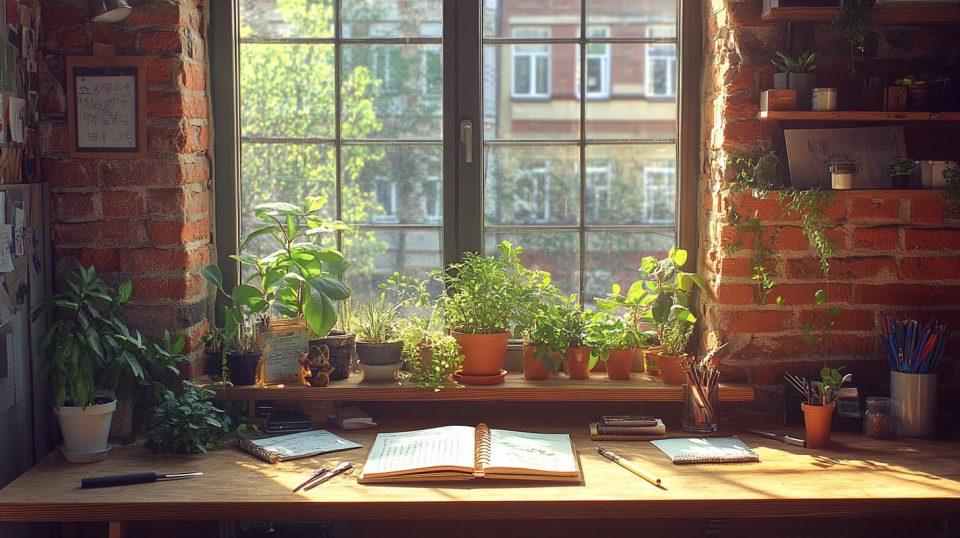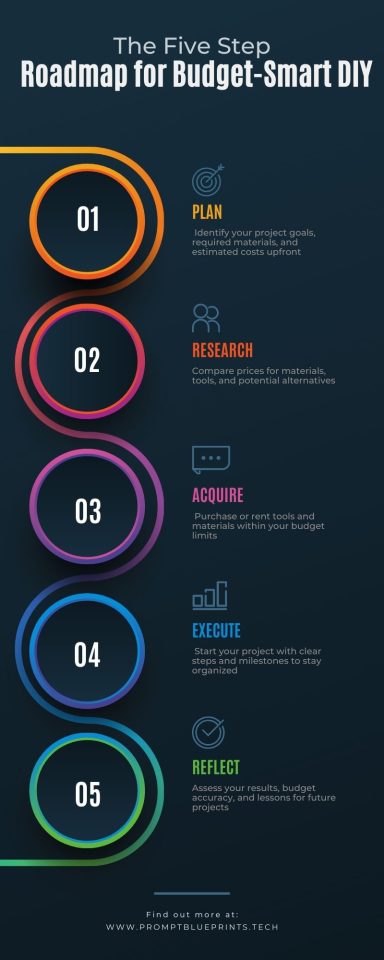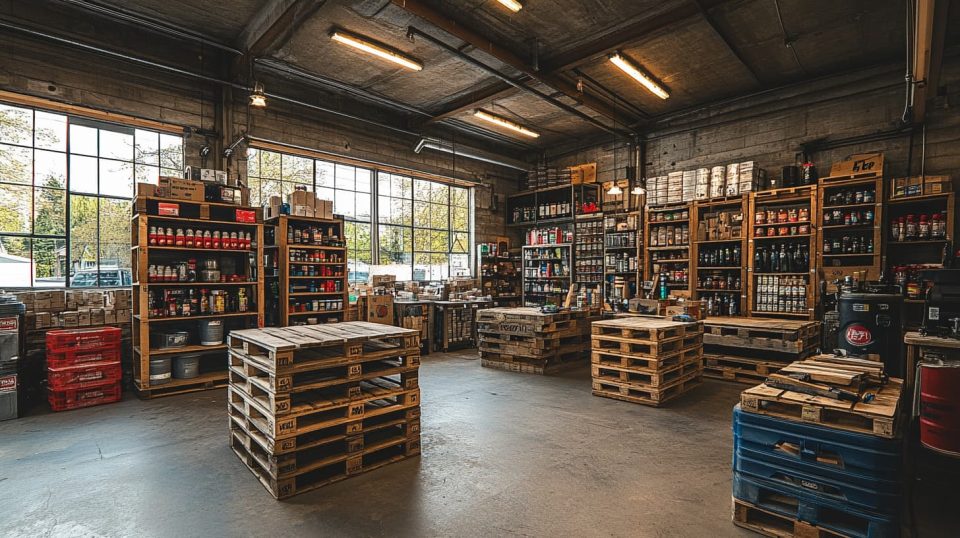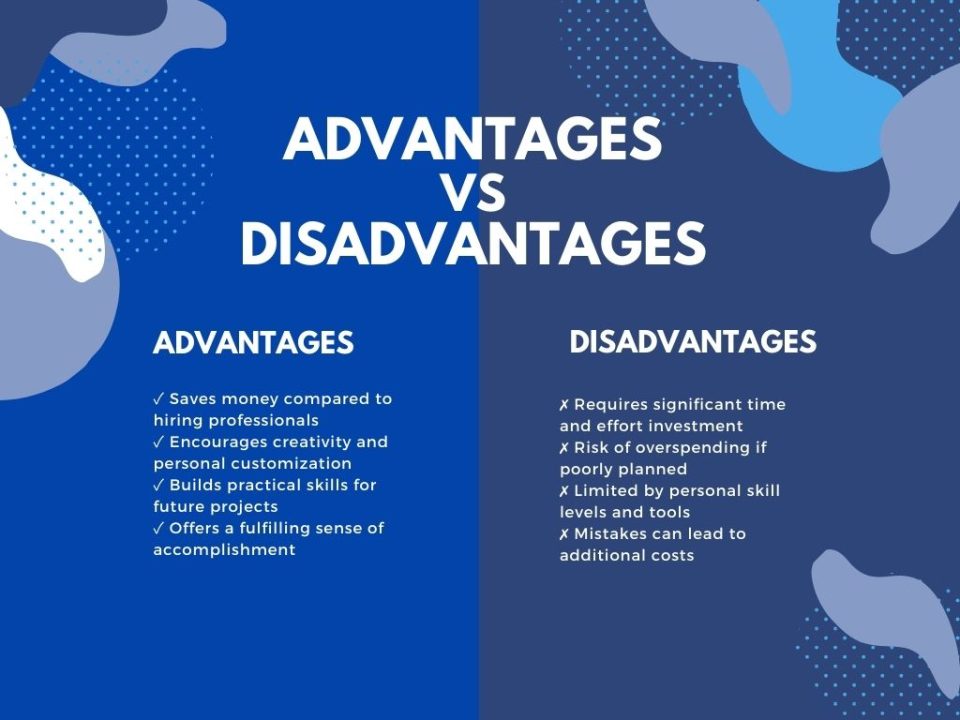Budget-Smart DIY: Cost Estimation and Money-Saving Strategies

Starting a DIY project can be an exciting and fulfilling experience, but for many, managing the costs can feel daunting. Whether you’re crafting furniture, tackling home repairs, or creating custom décor, overspending is an all-too-common hurdle. According to recent studies, nearly 60% of DIY enthusiasts exceed their budgets due to inadequate planning and DIY Safety.
This guide is here to help you avoid that pitfall. With practical advice on estimating material costs, planning for tool investments, and exploring cost-effective alternatives, you’ll learn to keep your projects under budget while achieving stellar results.

Ready to make your DIY journey budget-smart and stress-free? Let’s get started.
Material Cost Calculation
Estimating material costs is the first step in budgeting for your DIY project. Here’s how to get it right:
Steps to Calculate Material Costs:
- Define Your Project Scope: Break your project into smaller tasks and list the required materials.
- Research Prices: Use local stores, online retailers, and bulk suppliers to get a price range for each material.
- Factor in Waste: Add 10–15% to account for material waste or unexpected needs.
Example:
For a wooden coffee table, calculate:
- Wood planks: $50–70
- Nails, glue, and varnish: $20–30
- Sandpaper and finishes: $15
Total Estimate: $85–115
Common Mistakes to Avoid:
- Ignoring hidden costs like delivery fees.
- Forgetting minor items (e.g., screws, brushes).
Pro Tip: Look for reclaimed or recycled materials to save money while being eco-friendly!
Roadmap for Budget-Smart DIY

Tool Investment Planning
DIY tools can be costly, but they’re also an investment. Here’s how to make smart choices:
Deciding Which Tools to Buy or Rent:
- Essential Tools to Own: Hammers, screwdrivers, tape measures, and levels.
- Specialty Tools to Rent: Power saws, drills, or sanders for one-time use.
Budget-Friendly Tool Shopping Tips:
- Second-Hand Options: Explore thrift stores or online marketplaces.
- Seasonal Discounts: Many hardware stores offer sales during holidays.
- Tool Libraries: Check local community programs for free rentals.
Expert Insight:
“Investing in quality tools can save you money in the long run by reducing repair and replacement costs,” says Mark Phillips, a seasoned DIY professional.

Budget Alternatives
If your dream project feels out of reach due to high costs, there are plenty of budget-friendly alternatives to explore.
Money-Saving Options:
- Repurpose Materials: Turn old furniture into something new.
- DIY Kits: These often include pre-cut materials and instructions at a fraction of the cost.
- Community Workshops: Participate in local DIY classes to gain skills and use shared resources.
Case Study:
Lisa, a DIY enthusiast, transformed her patio using second-hand pallets and budget-friendly outdoor paint, saving over $300 compared to store-bought options.
Using a Planner to Stay Motivated and Organized
Staying motivated mid-project is crucial to completing projects on time and within budget. Proper planning can prevent burnout or unforeseen delays.
Steps to Stay Organized:
- Use a DIY Project Planner: Track tasks, deadlines, and expenses in one place.
- Set Milestones: Break the project into stages and celebrate small wins.
- Monitor Progress: Regularly compare your budget to actual spending.
Benefits of a Planner:
- Keeps your projects organized.
- Prevents overspending.
- Helps you stay motivated mid-project.
Tip: Many free or low-cost templates are available online to help you manage your DIY projects effectively.

Advantages & Disadvantages of Budget-Smart DIY

Budgeting for DIY projects doesn’t have to be overwhelming. By calculating material costs, investing wisely in tools, exploring budget-friendly alternatives, and staying organized with a project planner, you can tackle any project with confidence.
With a clear plan and money-saving strategies in place, your DIY goals are not only achievable but can also be incredibly rewarding. Now is the time to turn your creative vision into reality—without breaking the bank!

